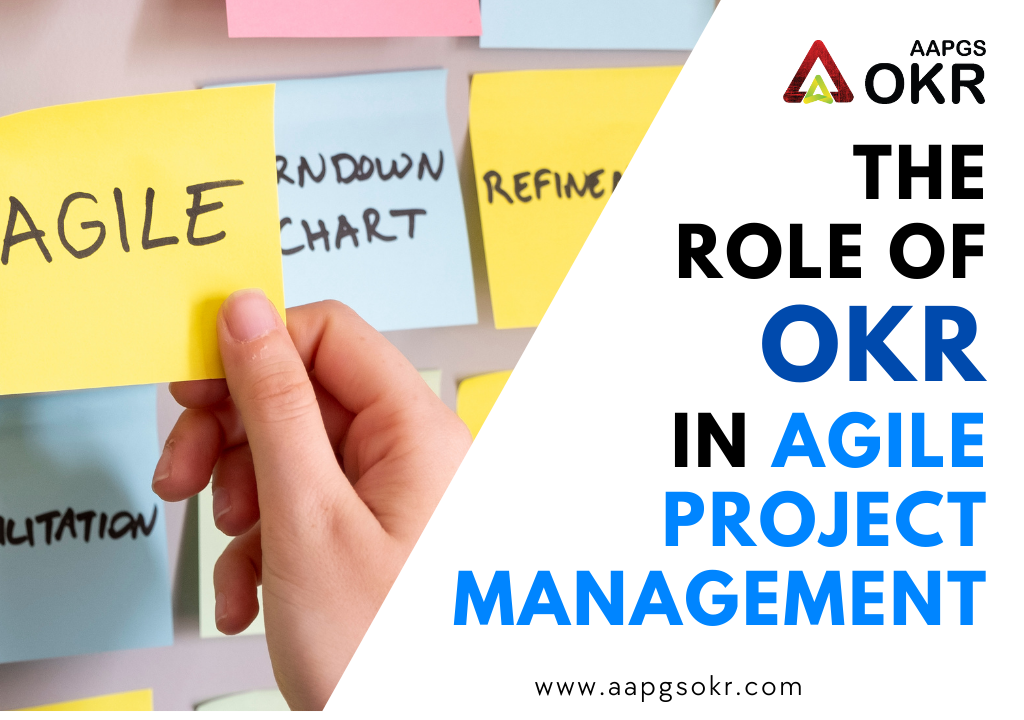In today’s fast-paced, dynamic business environment, project management methodologies need to be adaptable, collaborative, and outcome-focused. This is where the synergy between OKRs (Objectives and Key Results) and Agile project management comes into play.
OKRs provide a framework for setting ambitious goals and measurable results, while Agile focuses on iterative progress and flexibility. Together, they enable teams to align their efforts, prioritize effectively, and achieve project success in an ever-changing landscape.
What Are OKRs?
OKRs are a goal-setting framework designed to align organizational and team objectives with measurable outcomes.
- Objective: A clear, inspirational goal.
- Key Results: Specific, measurable milestones to track progress.
For example:
- Objective: Improve customer satisfaction.
- Key Results:
- Increase NPS score from 60 to 75.
- Reduce average customer support response time to 1 hour.
OKRs emphasize focus, transparency, and accountability, making them a perfect fit for Agile teams.
Why Agile Needs OKRs
Agile project management thrives on collaboration, adaptability, and delivering value to customers. OKRs enhance Agile by:
- Providing Clarity: Teams know what success looks like at every stage.
- Ensuring Alignment: OKRs align team goals with organizational priorities.
- Tracking Progress: Measure outcomes effectively during sprints.
- Driving Accountability: Create ownership of tasks and results.

How OKRs Enhance Agile Project Management
1. Clear Goal Alignment
OKRs define what teams should achieve and align these goals with Agile sprint objectives. This creates a shared vision, ensuring everyone works toward the same outcomes.
Example: In an Agile development project, an OKR might focus on improving product usability while sprints deliver incremental features contributing to this goal.
2. Measurable Progress Tracking
In Agile, progress is reviewed during daily standups and sprint reviews. OKRs complement this by providing measurable key results that allow teams to track success at every iteration.
Benefit: Teams can assess their performance using data-driven metrics, ensuring transparency and focus.
3. Adaptability and Flexibility
Both Agile and OKRs emphasize adaptability. As priorities change, teams can adjust their sprints and OKRs without losing sight of long-term goals.
Scenario: If market needs shift mid-project, Agile teams can re-prioritize tasks while aligning updated OKRs to reflect new objectives.
4. Enhanced Team Collaboration
OKRs encourage cross-functional collaboration by fostering a shared sense of purpose. Agile ceremonies such as sprint planning and retrospectives are more effective when driven by clear, outcome-focused OKRs.
Example: Developers, designers, and product managers align their efforts during sprints to achieve a common OKR like "Launch MVP with a 95% error-free rate."
5. Continuous Improvement
OKRs drive a culture of continuous learning and improvement, which aligns perfectly with Agile’s iterative nature. Teams can reflect on their OKRs during retrospectives to identify areas for growth and refine their processes.
Steps to Implement OKRs in Agile Project Management
Step 1: Define Objectives
Set ambitious yet achievable objectives aligned with your project’s purpose.
Step 2: Identify Key Results
Define 3–5 measurable outcomes for each objective to track progress effectively.
Step 3: Align with Agile Sprints
Integrate OKRs into sprint planning to ensure objectives align with deliverables.
Step 4: Monitor and Review
Regularly review OKRs during sprint reviews and retrospectives to ensure teams stay on track.
Step 5: Reflect and Iterate
Use insights from past OKRs to refine goals for the next cycle, promoting continuous improvement.
Benefits of Using OKRs in Agile
- Focus on Outcomes: Shift from task completion to delivering value.
- Improved Transparency: Everyone understands team priorities and progress.
- Better Decision-Making: Data-driven insights help teams adapt effectively.
- Higher Engagement: Clear goals motivate teams to achieve ambitious results.
- Scalable Framework: OKRs work for small teams and large enterprises alike.
Common Challenges and Solutions
Challenge: Overloading Teams with Too Many OKRs
Solution: Limit OKRs to 3–5 objectives per cycle to avoid diluting focus.
Challenge: Lack of Measurable Key Results
Solution: Ensure all key results are specific, numeric, and time-bound.
Challenge: Poor Alignment Between OKRs and Agile Goals
Solution: Regularly align OKRs with Agile sprint planning and reviews.
Conclusion
OKRs and Agile project management are a natural fit, offering a powerful combination of adaptability, focus, and measurable outcomes. By integrating OKRs into Agile practices, teams can achieve greater alignment, transparency, and success in delivering value to customers.

